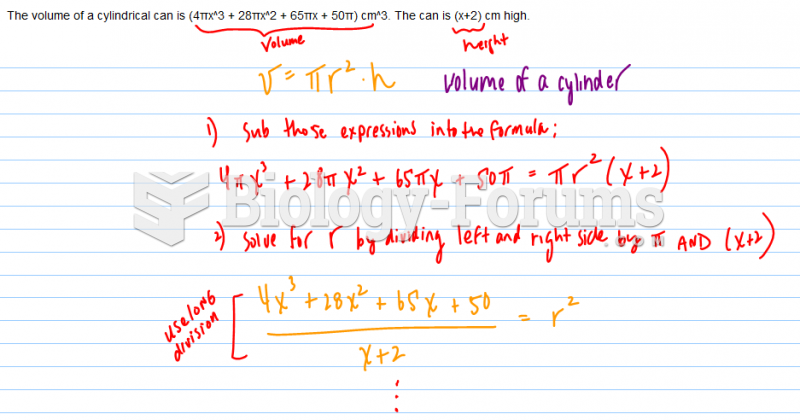Answer to Question 1
ANSWER: True
Answer to Question 2
ANSWER: In the course of a single workday, a typical forecaster may examine and compare dozens or even hundreds of individual weather maps. To help forecasters handle all the available charts and maps, the NWS employs the high-speed Advanced Weather Interactive Processing System (AWIPS). A second generation version, called AWIPS II, was adopted by the NWS starting in 2013. The AWIPS II system has data communications, storage, processing, and display capabilities (including graphical overlays) to better help the individual forecaster extract and assimilate information from the mass of available data. In addition, AWIPS is able to integrate information received from satellites and surface stations as well as the national Doppler radar network (the WSR-88D), which now includes dual-polarization. Much of the information from ASOS and Doppler radar is processed by software according to predetermined formulas, or algorithms, before it goes to the forecaster. Certain criteria or combinations of measurements can alert the forecaster to an impending weather situation. A software component of AWIPS II called the Graphical Forecast Editor allows forecasters to look at the daily prediction of weather elements, such as temperature and dew point, in a grid format with spacing as small as 2.5 km (1.6 mi). Presenting the data in this format allows the forecaster to predict the weather more precisely over a relatively small area. With so much information at the forecasters disposal, it is essential that the data be easily accessible and in a format that allows several weather variables to be viewed at one time. The meteogram is a chart that shows how one or more weather variables has changed at a station over a given period of time. Another aid in weather forecasting is the use of soundingsa two-dimensional vertical profile of temperature, dew point, and winds. The analysis of a sounding can be especially helpful when making a short-range forecast that covers a relatively small area, such as the mesoscale. The forecaster examines the sounding of the immediate area (or closest proximity), as well as the soundings of those sites upwind, to see how the atmosphere might be changing. Computer programs automatically calculate from the sounding a number of meteorological indexes that can aid the forecaster in determining the likelihood of smaller-scale weather phenomena, such as thunderstorms, tornadoes, and hail. Soundings also provide information that can aid in the prediction of fog, air pollution alerts, and the downwind mixing of strong winds. Forecasters also use a chart called the thickness chart to scrutinize the atmosphere. This is especially helpful when analyzing temperatures at different altitudes and how they are changing.







